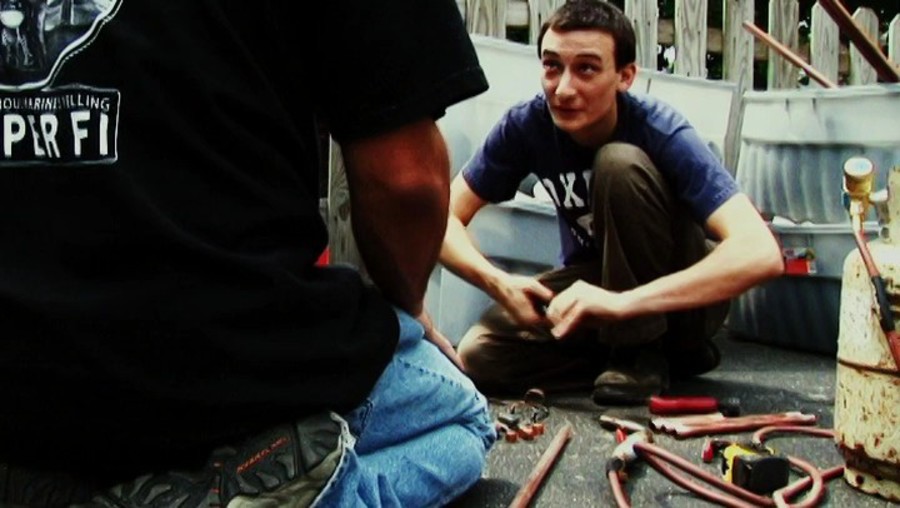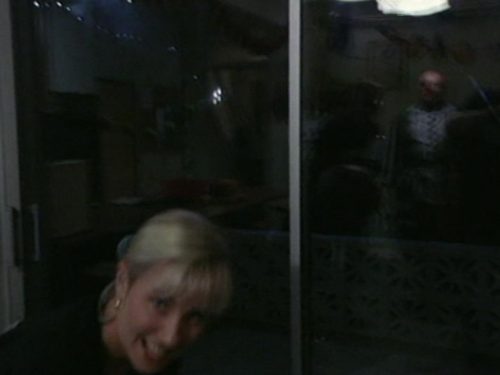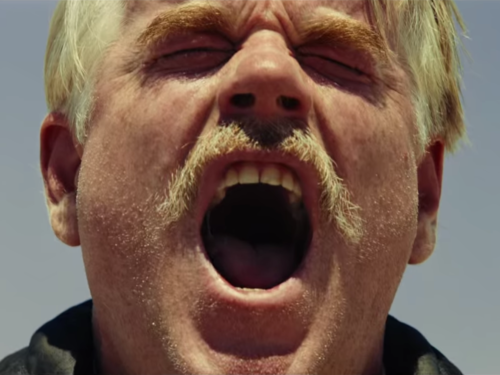Our Frank V. Ross interview series continues with a discussion of his mid-career triumphs Present Company and Audrey the Trainwreck, frequent leading actor Tony Baker and working with filmmaker David Lowery
Split Tooth Media’s Film Editor, Brett Wright, has been in correspondence with filmmaker Frank V. Ross since 2016, when he was preparing his Master’s thesis at Boston University on Ross’ work. What follows is the second of a three-part, career-spanning discussion of Ross’ life and filmmaking compiled from three years of emails and phone conversations. Ross’ words offer not only practical insight into modern independent filmmaking, but an unprecedented look into the imagination behind some of the most perceptive films of the past 20 years.
Read Pt. 1 of the Split Tooth Interviews with Frank V. Ross here
Split Tooth Media: Directly after Hohokam, you made Present Company (2008). In many ways, these films are inverses of each other. Hohokam is set in sunny Arizona and is about the beginning of a relationship, while Present Company is very claustrophobic, mostly set inside a basement, dealing with the end of a relationship. What led to this change?
Frank V. Ross: That change started with the story. Originally, I wanted to make a Susan Smith kind of movie about a woman who killed her baby. But it never got anywhere. I just didn’t care about it. I didn’t want to watch that. Somebody else can make that and fuck it up. I want to watch the people who don’t kill their baby (laughs). The ones who get through it! So I started working on that. And I had a friend who knocked up a girl in high school, and they got married. She miscarried, he gave away a hockey contract, and it really fucked up their lives. Now he’s in jail, she’s remarried and the most wonderful girl in the world. So I started again, going ‘OK, I’ll make that movie.’ But then, him having the hockey contract — the thing to give up — was also boring to me. You know, then I made it so that it was two people who don’t have a lot going. Buddy [Ross’ character] is just a plumber’s apprentice. Life sucks and they are just trapped in this basement. So it was that and then Tami (Tamara Fana), who plays the lead.
She is fantastic in the film.
She is, and she isn’t an actress. She was one of the crew people on Quietly on By. And I just fell in love with her. She is also in Hohokam, working in the office which was filmed in Lumbar. So I was struggling with the idea for Present Company, when I said to my wife, Kari, ‘What if Tami played my girlfriend?’ And she stopped in her tracks and was like, ‘Yes! Write that!’ And that was that. For me, Present Company was about getting rid of the bad stuff. It was about taking out the dramatics.
Related: Read Brett’s essay on the bleak moments in Present Company (2008)
You had four people operating cameras on Present Company with you. This was a big change from Hohokam, where you were the only person on the crew. Did this change your process?
I didn’t think having different camera people was such a big deal. Like, [Joe] Swanberg shot everything with Sasha [Gioppo] and me and a lot of the plumbing stuff too. Tony shot some of the more dangerous stuff, because I knew he would. It was just business as usual. It was just what had to be done. Tami was one of the camera people, and she didn’t know what she’s doing, but I like that. I really like stuff like that. I remember one day, I couldn’t get a light high enough, so I took one light stand and tried to attach it to another one, and I turned to Tami and was like, ‘You went to film school, what am I doing wrong?’ And she goes, ‘I don’t know… everything.’ I just went, ‘Yeah, watch and learn’ (laughs).

You have set some important scenes in your mom’s house, particularly the kitchen.
I remodeled that kitchen. Knocked down a wall and all kinds of fun stuff. We used it for the Riley house in Quietly on By, it’s Monica’s family’s house in Bloomin’ Mud Shuffle and we shot the dart bar scene in Audrey in the garage. It’s also in Oh! My Dear Desire and A Story in a Life. I lived there until 2008 or 2009. The apartment in Tiger Tail is me and Kari’s first place about two miles away. My mom’s house is a few blocks from the train station in Westmont and from my old room [Aaron’s room in Quietly on By] you can hear the train. Cass Avenue is the main street of Westmont and it’s in most of the movies. I like using the same locations over and over for anthropological reasons. My mom’s house will get torn down one day and the storefronts keep changing. You know?
You have mentioned that the idea for Audrey the Trainwreck (2010) came from running into a friend in a similar manner to the way Scott encounters Audrey (played by Allison Latta) in the film.
Yeah, I saw a friend at a bar, and she gave me that look like I looked familiar, but she was next-level drunk. The next day, somebody said she looked like a trainwreck. And I thought, ‘Oh, that’s very judgmental and mean of us. It’s not like we haven’t been there.’ Also, Tony’s character was definitely based on a guy who had a goatee, or something like that, who I thought was kind of a schmuck. I didn’t really care for him. So I made a movie about him. It was sort of like looking under a microscope; we are all a little crazy, a little fat, a little special.
Related: Read Brett’s essay on the disruptive style of Audrey The Trainwreck (2010)
In some reviews of your films — most notably the negative New York Times write-up on Audrey that Richard Brody responded to in your defense in his own review — people refer to your work as “cynical.” But I have a hard time seeing your films that way.
Thank you! (Laughs)
For example, the woman with the Big Gulp in Hohokam would be such an easy target for a filmmaker like Todd Solondz, but I don’t sense any judgement in your work beyond a sort of ‘get your act together’ view towards certain characters. Do you consider any of your work cynical?
No. I don’t. I like that Brody called the review cynical but not the movie. Because I remember when that Times review came out and it hurt. I was on my honeymoon and it truly bummed us out. But then my friend Aaron Hillis texted me, ‘Richard Brody wrote this in response.’ So that kind of brightened up my day. But I have always thought that cynicism is like a very comfortable chair — it’s too easy. I think I am a cynical person so my work has always been fighting that along the way. And if you are just OK with the truth of a situation, if you can just accept something, it can be misconstrued as cynicism, like you are going, ‘Look at this, he’s got a drinking problem, isn’t this pointless? Or isn’t this woman with the Big Gulp funny with her rhinestones?’ But no, she thinks she looks good and she happens to like soda. That’s just the way it is and if you are OK with truth, sometimes people think you are being an asshole. And that’s sad because the world we live in has a lot of conflicts, where two things are true at once, etc. But I see the work as fighting my cynicism, which is my default state.
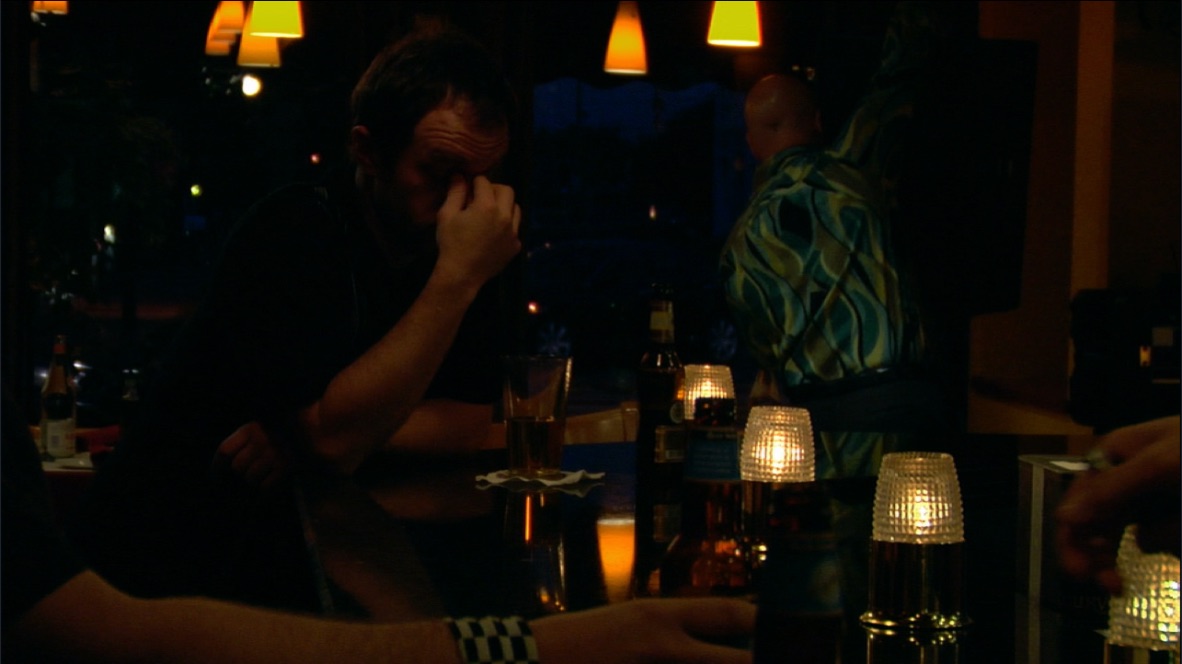
You worked with David Lowery (Pete’s Dragon, A Ghost Story) on Audrey, who has gone on to direct some very successful films. How did this collaboration come about?
Dave was a friend. I liked the short films he had made, particularly the way they looked. So I sent him the script, he liked it and I asked if he would come shoot it. He and [producer Adam] Donaghey both lived in my mom’s house while we were shooting. And I didn’t tell my mom that they were coming to stay either, because I knew she would give me shit. Just showed up!
Those flashbacks in Audrey are unlike anything in your other films. What was the impetus of placing these moments outside of the immediate action of the film?
I’ve always felt that all of my movies have a little bit of whimsy to them. Just a little note: I don’t like to read reviews because I see people writing about ‘realism’ and ‘naturalism’ and stuff like that, and it’s kind of like, ‘you’re missing the point.’ And I don’t want to be that guy. So these flashbacks were just meaning to show two different perspectives on looking at somebody and making judgements. I try not to over-question whether or not something fits within a movie.
I remember it was really tricky getting the window moment right. I had to get Lowery on the phone, so he could tell me how to cut it differently. We both had the project file open, and he was going, ‘OK, go back three frames…’ We couldn’t just email them back and forth because the files were different or something, so we had to go back and forth like that. I’ve heard about stuff like that happening, where people just can’t seem to cut a scene right. But I really like that moment.
When I have shown the film to people in the past, a few of them have hesitantly ask about the title, “Why is it called Audrey the Trainwreck? Was there a character named ‘Audrey?‘”
If you notice, Allison isn’t credited as ‘Audrey.’ She is credited as ‘Drunk Dancing Girl,’ and I did that just to be a dick. Nobody wrote a review where they do anything but imply that maybe that is Audrey. They didn’t want to take that leap. And I did that on purpose. It’s really a dick move. She actually mouths the words, ‘I’m Audrey,’ if you watch the scene closer.
Tony Baker has been a lead in the majority of your films. In many cases when directors repeatedly use the same actor, they use them as a sort of double for themselves. I don’t think this is the case, but I am curious if you see yourself in any of his characters.
Tony and I figured a lot of things out together. When I write, I usually maintain an image in my head of the characters so that I don’t contradict that image, but Tony is too good of an actor to be someone’s double. He is not going to do that (laughs). It’s going to become his version of the role. But what I think happens there is not just like friends or a working relationship. Tony and I were best friends. And we both understood in a non-verbal way what needed to fill the frame. If we didn’t, we didn’t hash it out in an intellectual conversation, it was like, he would ask, ‘Wait, am I being nice?’ and I would say, ‘No, it’s just a reaction. Don’t worry about being nice or mean, you’re wondering if he has the money to tip the guy. Let the people watching figure out what the fuck it means. It’s about your instinct.’ And he would go, ‘OK, I got it, I got it, I got it!’ That’s all it ever was, just real basic.
We don’t really talk anymore, we aren’t really in touch. But I saw him at his dad’s funeral and it occurred to me that someone doesn’t stop being your best friend just because you don’t talk to them anymore. They are always going to fit the way any old lover, or anyone who is special to you is always going to fit. No matter how much you change or they change, they are always going to know exactly how to make you laugh and exactly how to piss you off. They are always going to know how to get to you. I think the great blessing that I had with the movies I made with Tony is we didn’t have to discuss anything. You are watching an understanding of what two people have of each other.
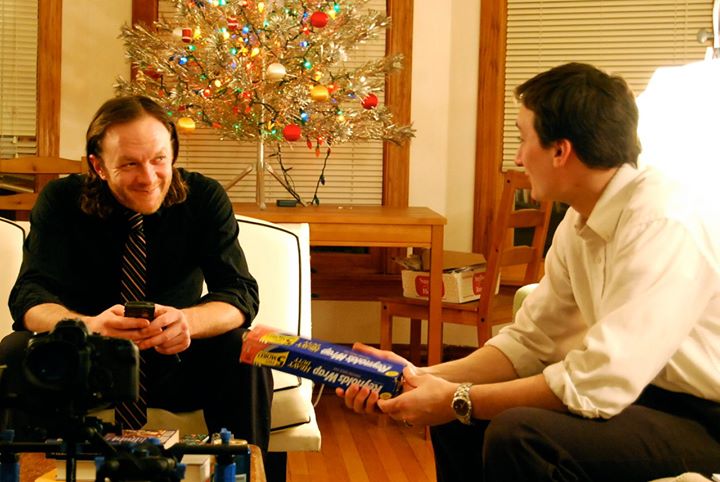
Read part 3 of our interview with Frank V. Ross here
Follow our series on the Films of Frank V. Ross here:
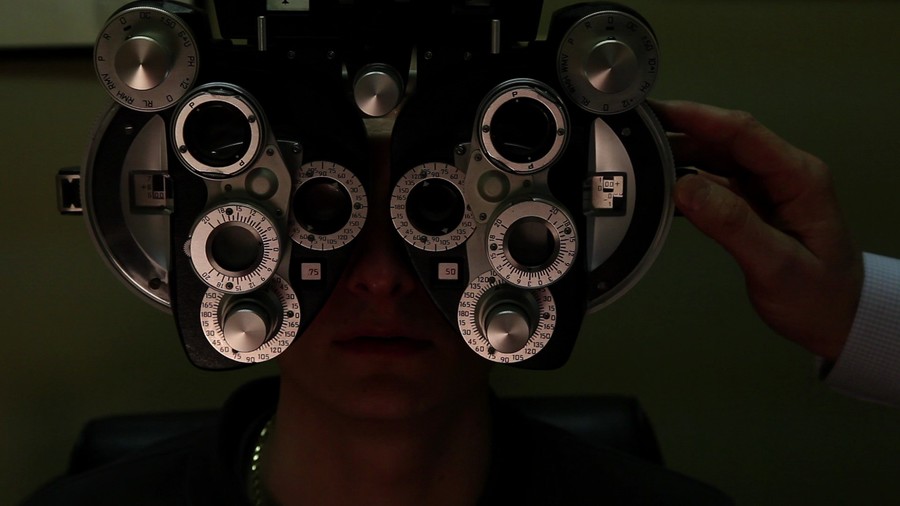
Follow Brett on Twitter and Letterboxd
(Split Tooth may earn a commission from purchases made through affiliate links on our site.)

